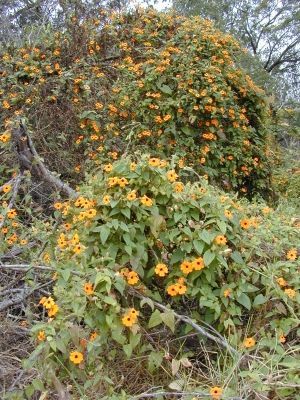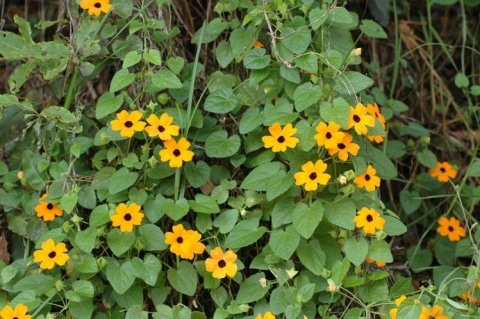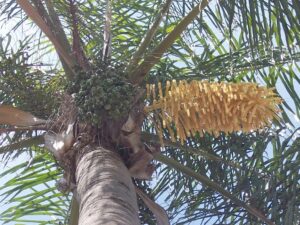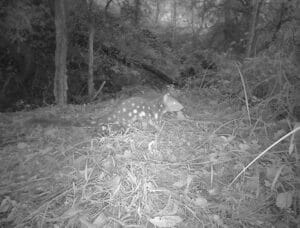Black-eyed Susan is a vigorous, perennial, twining vine native to northern India and tropical Africa.
It’s normally easy to spot in bushland by the distinctive orange flower with the black centre however when grown from seeds flowers can be yellow or white and lack the dark central blotch.
Following the flooding events of the past two years I am noticing more Black Eyed Susan along waterways. Last week I visited a property with this scenario on Dingo Creek at Marlee. The owner had not noticed Black Eyed Susan before but now the flowers are out it is very evident. The vines are quickly spreading, covering the native vegetation.
The plants can spread by water, gardeners, the movement of contaminated soil on earthmoving equipment or vehicles, garden rubbish dumping. It re-roots easily from fragments or nodes on the stems. The roots are fibrous and actively seek out water. Beware potential of blockages of pipework.
Control for small areas of Black Eyed Susan is easily done by hand pulling and digging out the roots. The plants are soft, with no skin irritating qualities. For larger patches foliar sprays can be used taking care to limit damage to native vegetation underneath.






